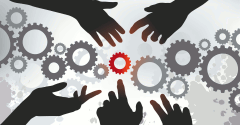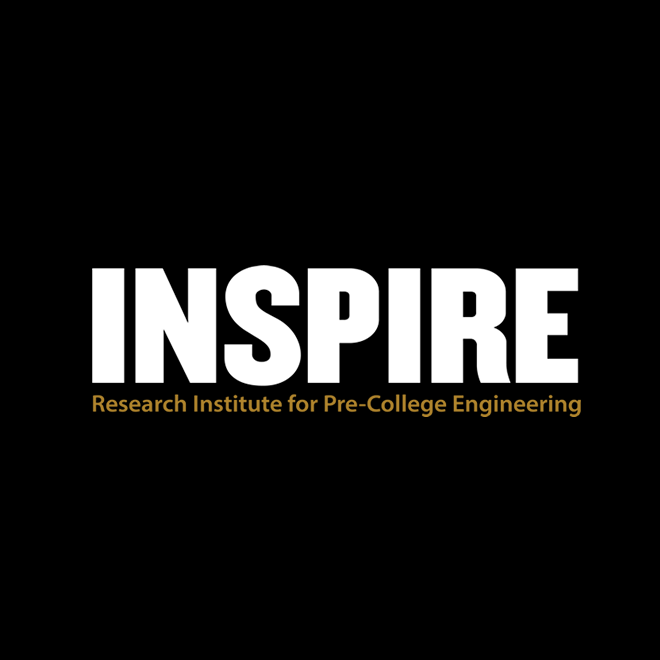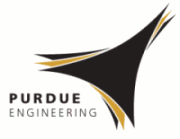Abstract
The Maker Movement is a community of hobbyists, tinkerers, engineers, hackers, and artists who creatively design and build projects for both playful and useful ends. There is growing interest among educators in bringing making into K-12 education to enhance opportunities to engage in the practices of engineering, specifically, and STEM more broadly. This article describes three elements of the Maker Movement, and associated research needs, necessary to understand its promise for education: 1) digital tools, including rapid prototyping tools and low-cost microcontroller platforms, that characterize many making projects; 2) community infrastructure, including online resources and in-person spaces and events; and 3) the maker mindset, aesthetic principles, and habits of mind that are commonplace within the community. It further outlines how the practices of making align with research on beneficial learning environments.
Recommended Citation
Martin, L.
(2015).
The Promise of the Maker Movement for Education.
Journal of Pre-College Engineering Education Research (J-PEER), 5(1), Article 4.
https://doi.org/10.7771/2157-9288.1099


